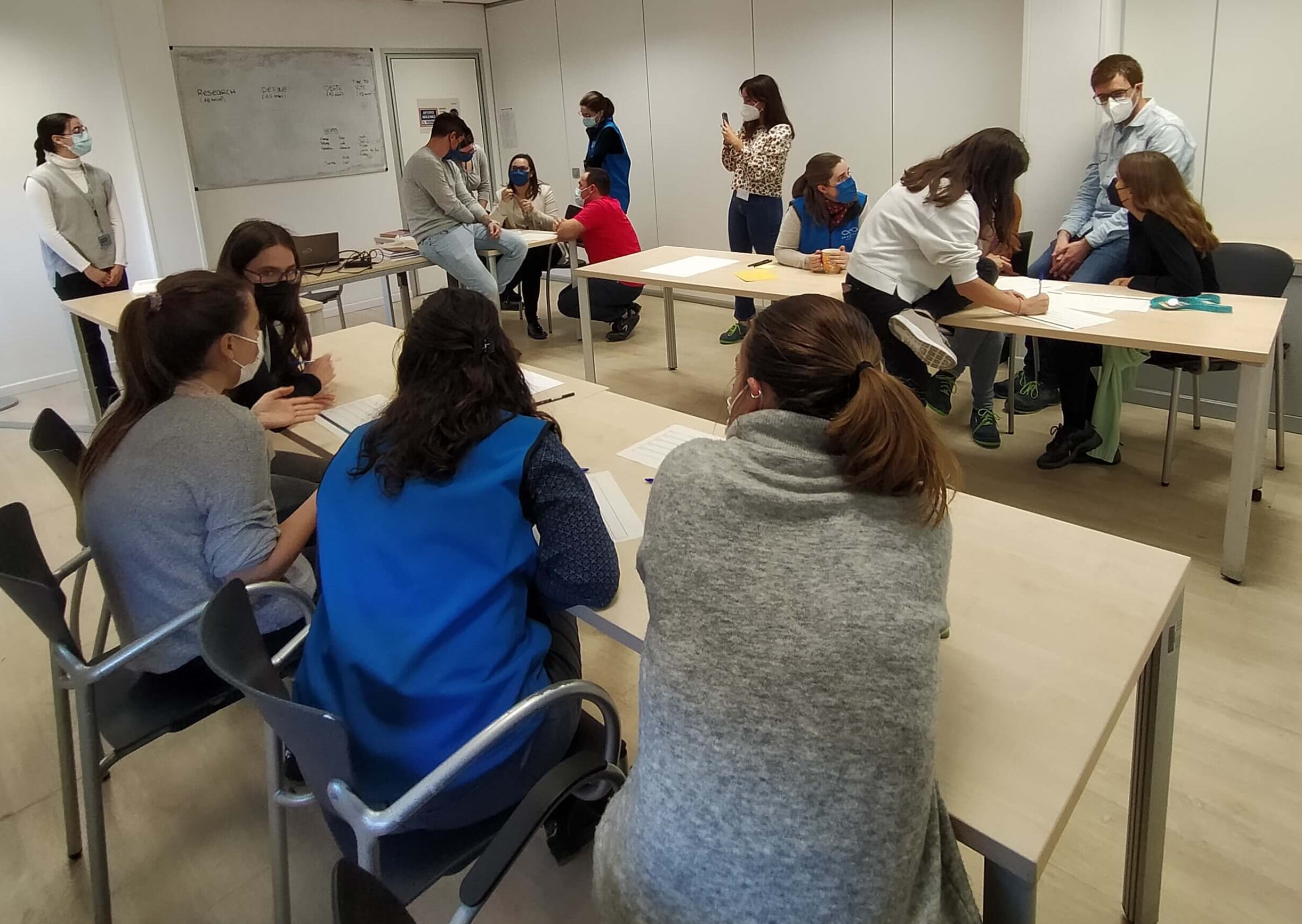A product reaches the market because it has gone through a previous design process that has made it what it is and not something else. In other words, if I, as a consumer, receive a bottle of flavored water that has a certain shape, size or aroma, it is because that research has made it have those characteristics, which I prefer -although I do not know it- over others.
In all this development, which ultimately satisfies our desires and needs, the relationship established between the product and the user is involved, which are in turn investigated by UX Design Specialists with the help of qualitative methods such as in-depth interviews and focus groups.
Qualitative research,” explains Cristina Franco, UX Design Specialist at Infinitia, “is an iterative process that aims to achieve a deep understanding of user behavior, habits, perceptions and experiences. It is oriented towards a specific topic, which we want to investigate, and the dynamics are planned towards specific goals. This allows us to get real information and act on it, being aware of their problems, needs and desires”.
In this sense, the in-depth interview and/or the focus group, the main tools, will be used depending on the project or the point of the project at which we are. The differences? The first is conducted between researcher and user, lasting about an hour. It provides richer and more valuable information, going into great depth on the same topic as it is focused on a single person. On the other hand, the second is conducted in a group (as its name suggests) and delves into more than one topic, since it aims to know the perspective of more than one client. Thus, its purpose is to share experiences and give rise to discussion or debate sessions.
“Both allow better decisions to be made, guide the project and detect at an early stage possible problems or adjustments that need to be made”, Franco stresses. “From the information obtained, more subjective thoughts are abstracted, unlike the data provided by quantitative research. This gives us greater certainty and makes us more confident in our decisions, since we have created that closer contact with the user beforehand,” he adds.
The main problems are stated by Javier Sanz, CEO of Infinitia: “Sometimes people answer what you want to hear. It is difficult to get neutral or uncontaminated people, but not because they don’t want to answer honestly, but because they are conditioned by the fact that they are doing a survey”. For this reason, he points out that, before conducting any of the interviews, it is important to analyze the group you want to target and bias their characteristics to try to reach them.
“It seems that any profile can ask these types of questions, but it is essential to have a knowledge base and experience in the dynamics. The interviewer has to be sure that the other person feels comfortable and listened to with what he or she has to say, but you also have to apply the techniques effectively and lead the interview towards the areas that interest you. Everything in a natural way, analyzing body language, knowing how to keep your personal opinion aside, etc.,” says Sanz.
In short, this methodology -applied to the set of Strategic Design services offered by Infinitia-, provides the value of technical knowledge, but expanded by the vision of the other areas in which we specialize as a startup. “We do research on the projects we are carrying out on a day-to-day basis. In the end, you are aware of everything that surrounds the product: what you want, the objectives and the complete solution”, Franco concludes.





